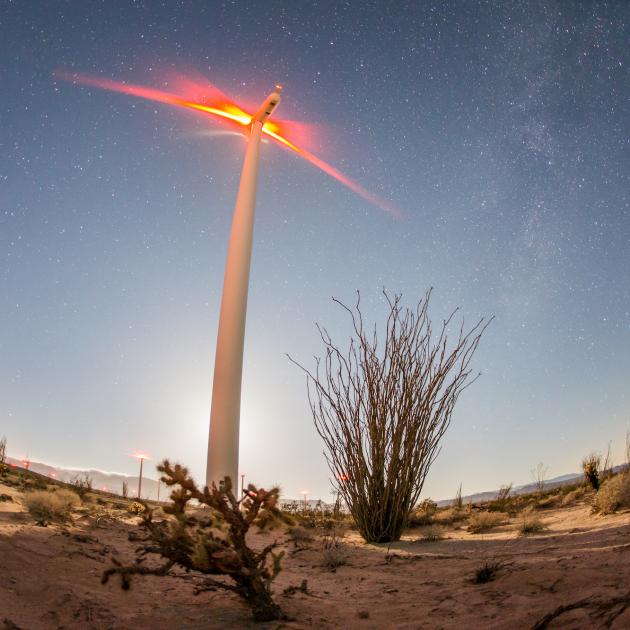Toolkit: Net Zero by 2030
Mason Cummings
Getting to net zero fossil fuel greenhouse gas emissions from federal public lands and waters by 2030
The net zero by 2030 toolkit shows an array of action options to help make federal public lands and waters a leading part of the climate solution. The toolkit uses wedge figures to explore different combinations of potential actions across public land’s roles in energy and natural systems.
This toolkit and the wedge figures set the stage to understand:
- a range of options to consider across energy and natural climate strategies;
- the scale of gross federal emissions reduction or offsets from potential actions individually, and, to a large degree, in combination with other actions; and
- the relative amount of baseline emissions remaining to be addressed by additional actions to align with getting to net zero by 2030.
Emissions from fossil fuels produced on federal lands and waters are equivalent to almost a quarter of total U.S. greenhouse gas emissions. But enacting ambitious new policies and actions like those presented in figures B through E can shift that public lands contribution to less than 7 percent in 2030.
Actions included in this toolkit will continue to expand as new data becomes available and estimates will continue to be refined to further account for potential interactions between actions. It is our hope that the federal government will conduct comprehensive modeling using the extensive data and integrated modeling capabilities at their disposal and will make this data available for public involvement. The input from integrated models is essential for informing a comprehensive plan to pursue actions to meet critical national and global climate goals.
We acknowledge that net zero is not sufficient in addressing the climate crisis – globally or in the context of U.S. public lands and waters. We are choosing to look at net zero by 2030 as only one tool in service of attaining The Wilderness Society's goals of pollution-free public lands, healthy communities and landscapes, and ensuring public lands and waters can be a part of the solution to the climate crisis.

